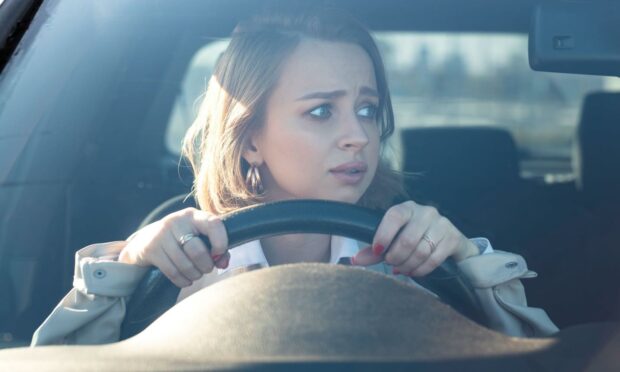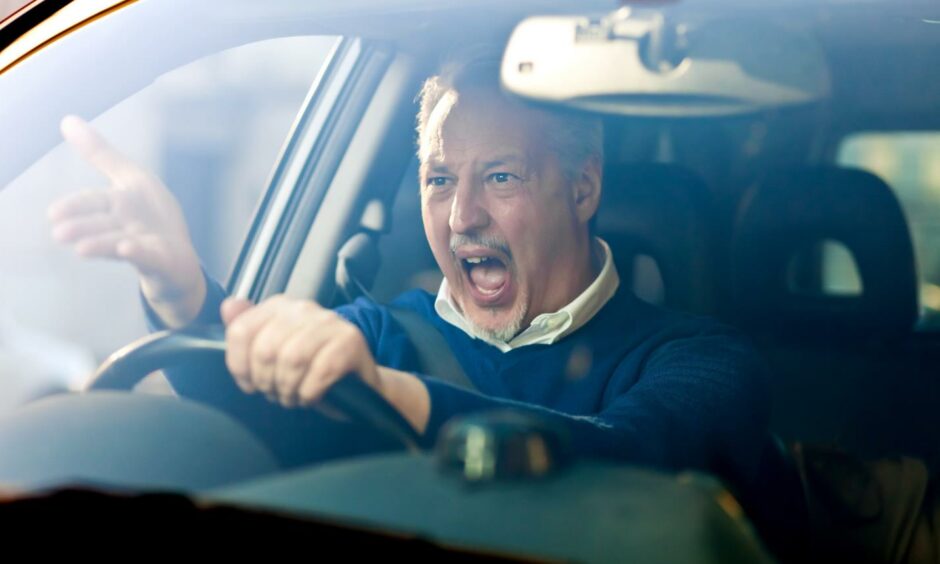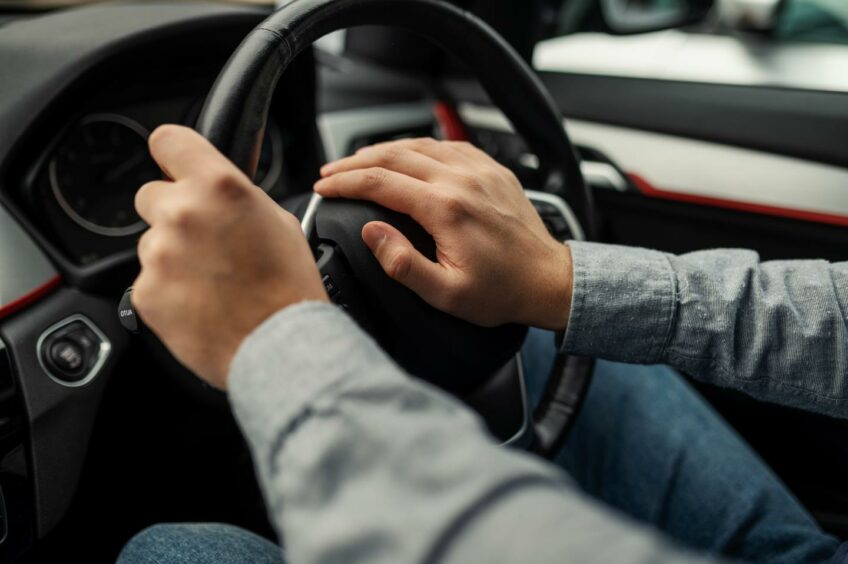Has driving less because of the pandemic made you an anxious driver? If so, you’re not alone.
According to a recent study, more than one-quarter of us have gone more than a month without driving since the first lockdown.
And an estimated 4.6 million motorists have had an accident or near-miss in that period.
To combat driving anxiety, psychologist and driving behaviour expert Dr Lisa Dorn has provided some tips to feel confident again.
Anxiety expected to rise amid return to normality
With the sharp decline in driving, one in ten UK drivers told a Confused.com poll they’re anxious about getting back on the road.
Almost a quarter of those who have had an accident or near-miss said it was because they felt out of practice driving, while around one-third felt “flustered” behind the wheel.
Dr Dorn said anxiety in the general population could be “more than three times higher” during the Covid-19 outbreak.
This means that it can “appear progressively as people begin to return to work and social activities”.
How can I recognise the symptoms of driving anxiety?
Typical bodily reactions during driving anxiety include:
- Heart palpitations
- Increased sweating
- Feeling short of breath
The driver can usually experience this either behind the wheel or just when thinking about driving.
Around one-fifth of motorists have said they’re more likely to walk short distances than drive.
Further still, some have said they don’t know where to begin when it comes to overcoming their driving anxiety.
So, how can I tackle my fear?
Dr Dorn has provided some tips on how to overcome driving anxiety, before, during and after getting behind the wheel – and how to deal with any tricky situations.
Before you get in the car, check your mood. If you’re in a negative mood, such as feeling irritated or impatient it could affect the journey.
Consider brushing up on your skills or taking a refresher course – around one in 10 of us feel our abilities behind the wheel have grown rusty over the last year.
Dr Dorn’s tips:
- Switch off your phone to cancel out unnecessary distractions.
- Take control of the road by giving way or letting someone in.
- Plan your trip so you can give yourself time.
- Enjoy an audiobook or podcast for longer journeys.
- Give other drivers room, physically and mentally.
Safety when driving is paramount, which is why motorists need to be in the right frame of mind when behind the wheel.
While many people have welcomed spending less time in the car, it’s important that motorists feel comfortable and confident when the time comes for them to get back behind the wheel.


